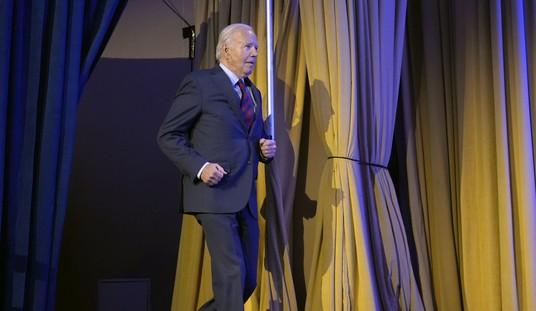Calls for greater education funding are a staple of Democratic campaigns. The latest is an advertisement by Senator Obama accusing Senator John McCain of "taking money away from public schools" to give to special interests. Yet in truth, when it comes to one issue that's hitting schools hard—rising energy costs—it’s Democrats who don't seem so concerned about schools’ stretched budgets.
This summer, Republicans from the House of Representatives conducted a survey of teachers, administrators, and parents from around the country to get a sense of the impact that rising energy costs are having on the education sector. They received nearly 1,000 responses that together provide a snapshot of how energy is creating problems for America’s education system.
Nearly half of respondents reported a cut in field trips as a result of high fuel costs. One-third said that schools were limiting bus routes to save on fuel costs, and nearly a quarter report that school are raising school lunch prices in an attempt to make up for energy costs' effects on the budget. In total, nine out of ten respondents believe higher energy prices are having an effect on their local schools. And the National School Boards Association has reported that at least 86 school districts have moved to 4-day school weeks to curb energy costs.
The good news is that some energy costs have gone down in recent months. According to the AAA, gasoline prices reached their peak on July 17, when the average price for a regular gallon was $4.11. Today, that gallon costs $3.35—a decline of 18 percent. Yet, this decline doesn’t change the fundamental problem the United States faces when it comes to energy policy. Global demand continues to rise. If supply doesn’t keep pace, then prices will climb. The potential for supply interruptions (and the ensuing price spikes) is greater because so much of the world’s oil supply come from unstable, often hostile, regions.
Recommended
That’s why increasing domestic energy production is crucial. There may be bipartisan hope that alternative fuels will ultimately play a bigger role in our energy sector. Yet policymakers need to be realistic about their potential in the short term. Just seven percent of America’s energy supply came from renewable energy sources last year. Fossil fuels are, and will remain, our primary source of energy for the foreseeable future.
The good news is that the United States has vast potential resources within our borders—although much of it has been inaccessibly because of government restrictions. Eighty-five percent of our coastal waters have been off-limits to drilling. This area is projected to contain 19 billion barrels of oil and 83 trillion cubic feet of natural gas. The Heritage Foundation estimates that the natural gas alone would be able to supply America’s homes for 35 years.
A growing majority of Americans today recognize the importance of increasing domestic energy supplies and support allowing additional oil and gas exploration from coastal areas, as well as inland to leverage our vast oil shale deposits in the West. A Gallup poll taken this summer found that 57 percent want to allow drilling in U.S. areas that are currently off limits.
To this end, the Congressional Majority—who had made great effort to block proposals that would have meaningfully increased America’s capacity to drill—have been forced to relent and allow a 26 year moratorium on coastal drilling to expire as of October 1. Yet, as House Appropriations Chair David Obey (D-Wis.) recently noted, “this next election will decide what our drilling policy will be.” In short, the prospect of accessing our vast reserves will likely be determined soon after November 2008.
Perhaps Congressional Democrats hope that lower gas prices will reduce the pressure to allow for greater drilling. But higher energy costs will undoubtedly be on many families’ minds as they prepare for winter and what promise to be some record-breaking heating bills.
Of course, it’s not just families who will be hit by higher heating costs. Just like with gas prices, these costs ripple through the economy. It will cost more for office buildings, factories, and store fronts to stay warm, just as it will cost more for hospitals, public libraries, and schools.
The public shouldn’t feel too bad for our nation’s public schools, which have seen massive budget increases in recent decades. But the pressure on school budgets may help liberals understand the growing burden energy costs are placing on our economy in terms they understand: Yes, Speaker Pelosi, it’s time to drill—for the sake of the children.

























Join the conversation as a VIP Member